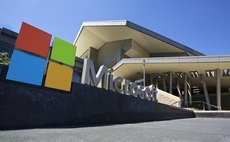Violin Memory "out-performed" competitors, says IT director
Anglia Ruskin University selected US company Violin Memory's flash storage solution ahead of alternatives from Hitachi, Fusion-io and Whiptail as it "out-performed" its competitors, according to th...
To continue reading this article...
Join Computing
- Unlimited access to real-time news, analysis and opinion from the technology industry
- Receive important and breaking news in our daily newsletter
- Be the first to hear about our events and awards programmes
- Join live member only interviews with IT leaders at the ‘IT Lounge’; your chance to ask your burning tech questions and have them answered
- Access to the Computing Delta hub providing market intelligence and research
- Receive our members-only newsletter with exclusive opinion pieces from senior IT Leaders






















